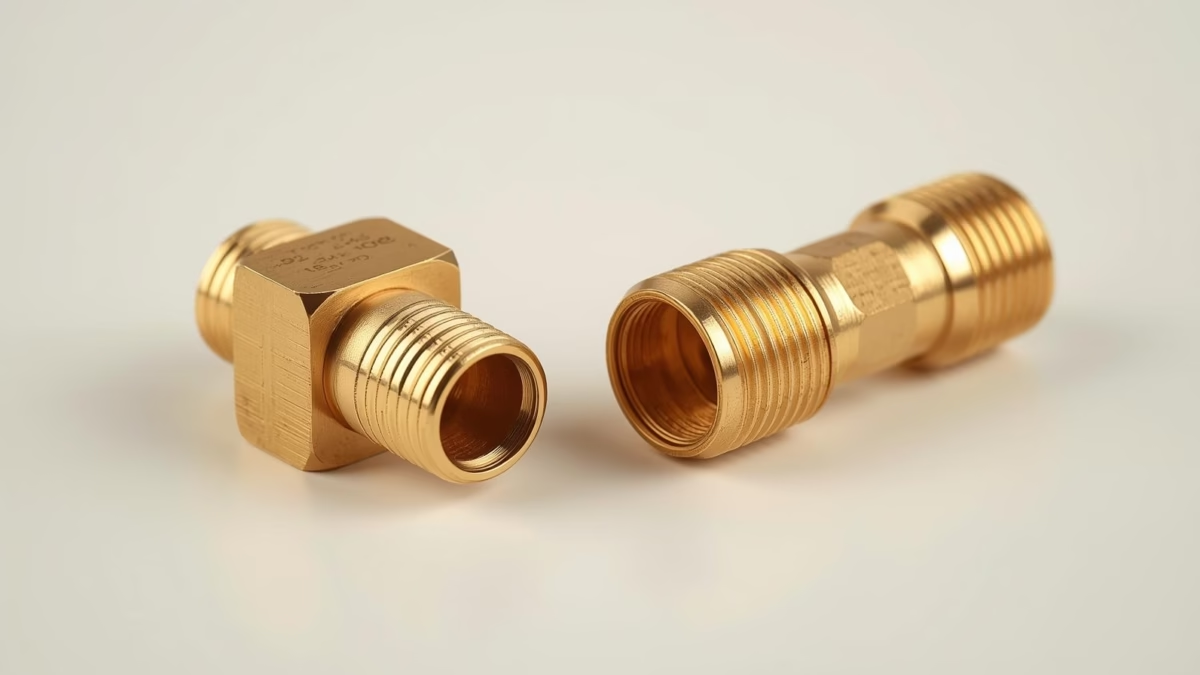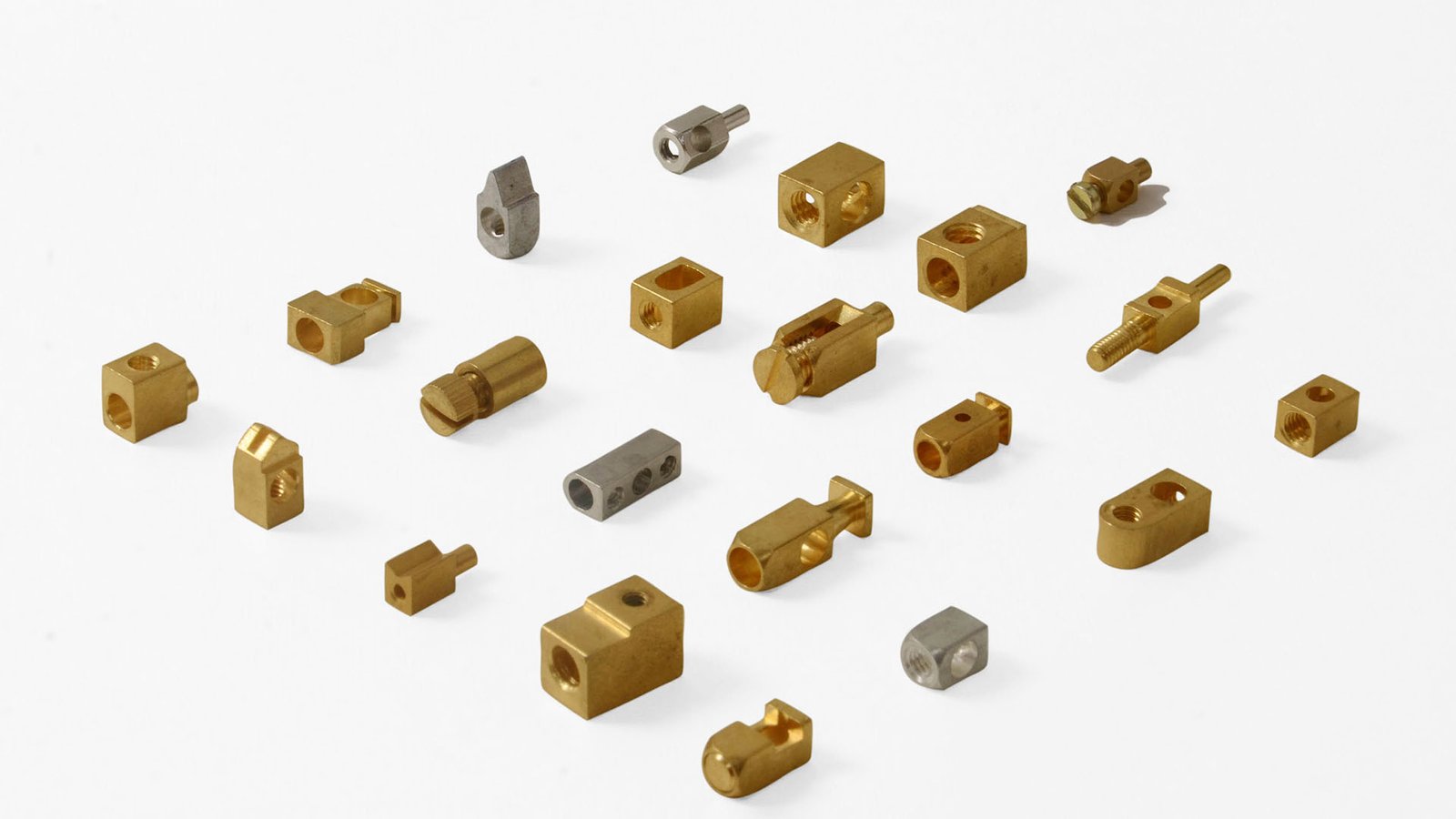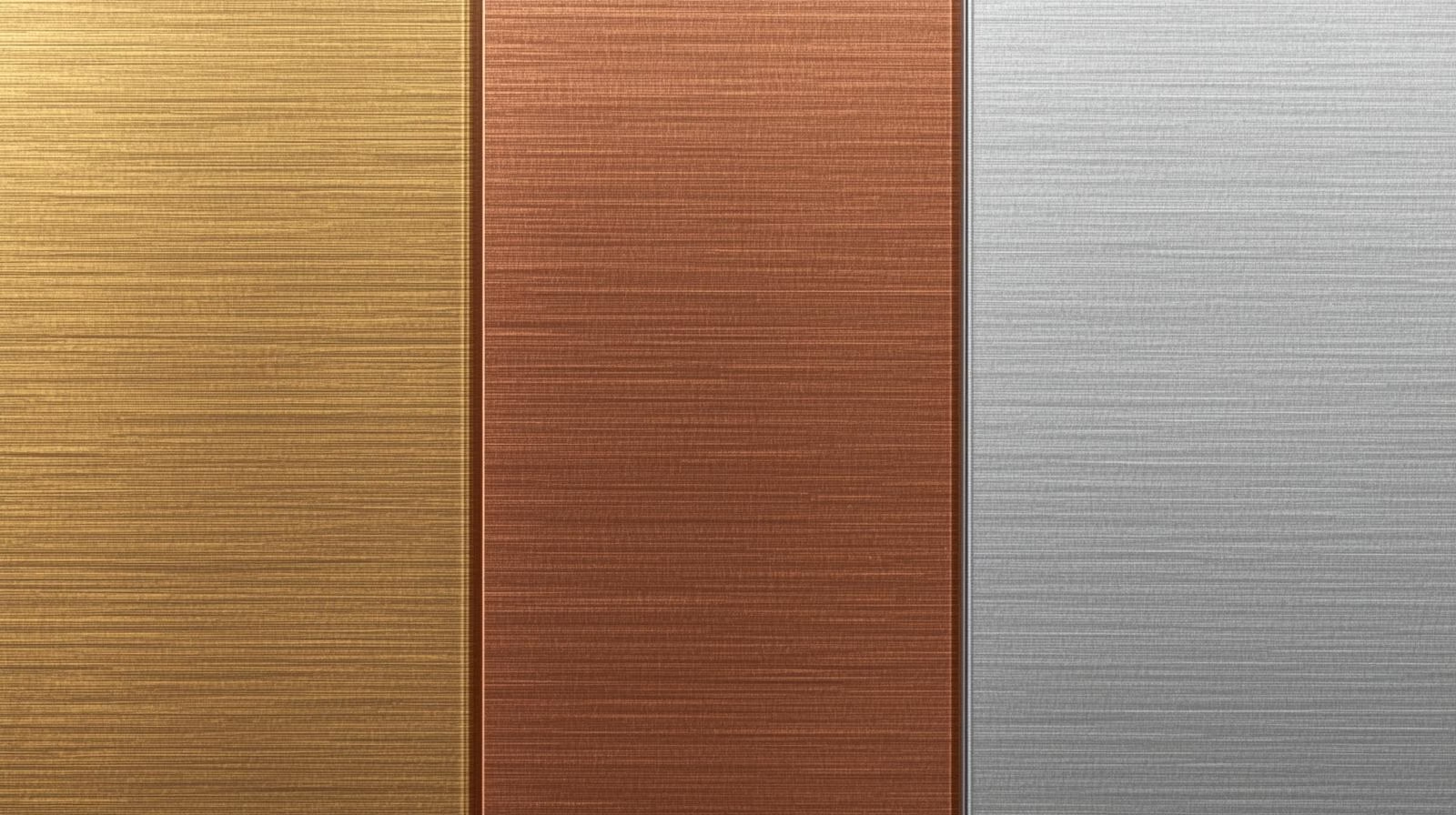Difference Between Brass Terminals and Brass Connectors – Where to Use Each?
In the electrical and automotive industries, terms like Brass Terminals and Brass Connectors are often used interchangeably. However, there is a technical difference in their role, design, and application. Understanding this helps engineers, OEMs, and buyers select the right component for their needs.
What Are Brass Terminals?
Brass Terminals are end-point components used to securely connect wires, cables, or busbars inside electrical systems. They provide a fixed and reliable contact point where current enters or exits. Common applications include:
- Control Panels
- Switchgear Assemblies
- Distribution Boards
- Energy Meters
- PCB Boards
- Automotive Switches
Common types: Screw Terminals, Stud Terminals, Ring Terminals, Spade Terminals, Lug Terminals, Earth Terminals.
What Are Brass Connectors?
Brass Connectors are components that join two or more conductors, often in a detachable or flexible manner. They are widely used in applications where a secure but removable connection is needed:
- Automotive Wiring Harnesses
- Battery Connections
- PCB Plug-in Devices
- Industrial Machinery Systems
Common types: Plug-in Connectors, Crimp Connectors, Clamp Connectors, Socket Connectors, Push-in Connectors.
Key Differences at a Glance
| Feature | Brass Terminals | Brass Connectors |
|---|---|---|
| Purpose | End-point for wires/cables | Join or link two conductors |
| Use | Panels, switchgear, meters | Harness, battery, PCB, plug-in systems |
| Design | Fixed, screw/clamp type | Plug-in, crimp, socket type |
| Common Name | Terminals, lugs, busbar points | Connectors, couplers, joints |
Where to Use Each?
✅ Use Brass Terminals when you need a permanent, secure electrical point – such as in control panels, energy meters, or switchgear.
✅ Use Brass Connectors when you need a flexible or detachable connection – such as in automotive wiring harnesses, PCB plug-in connections, or battery systems.
Conclusion
Both Brass Terminals and







